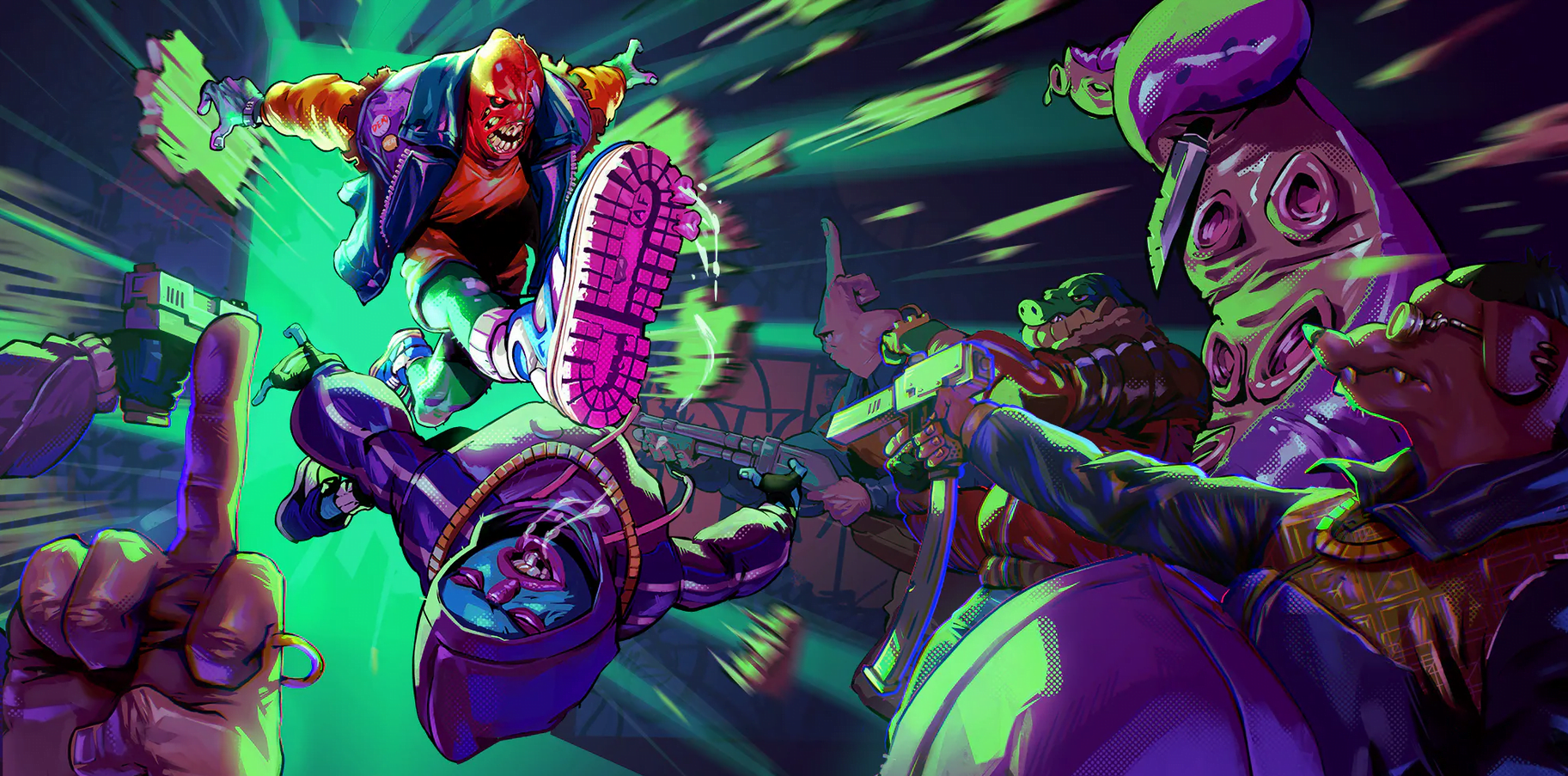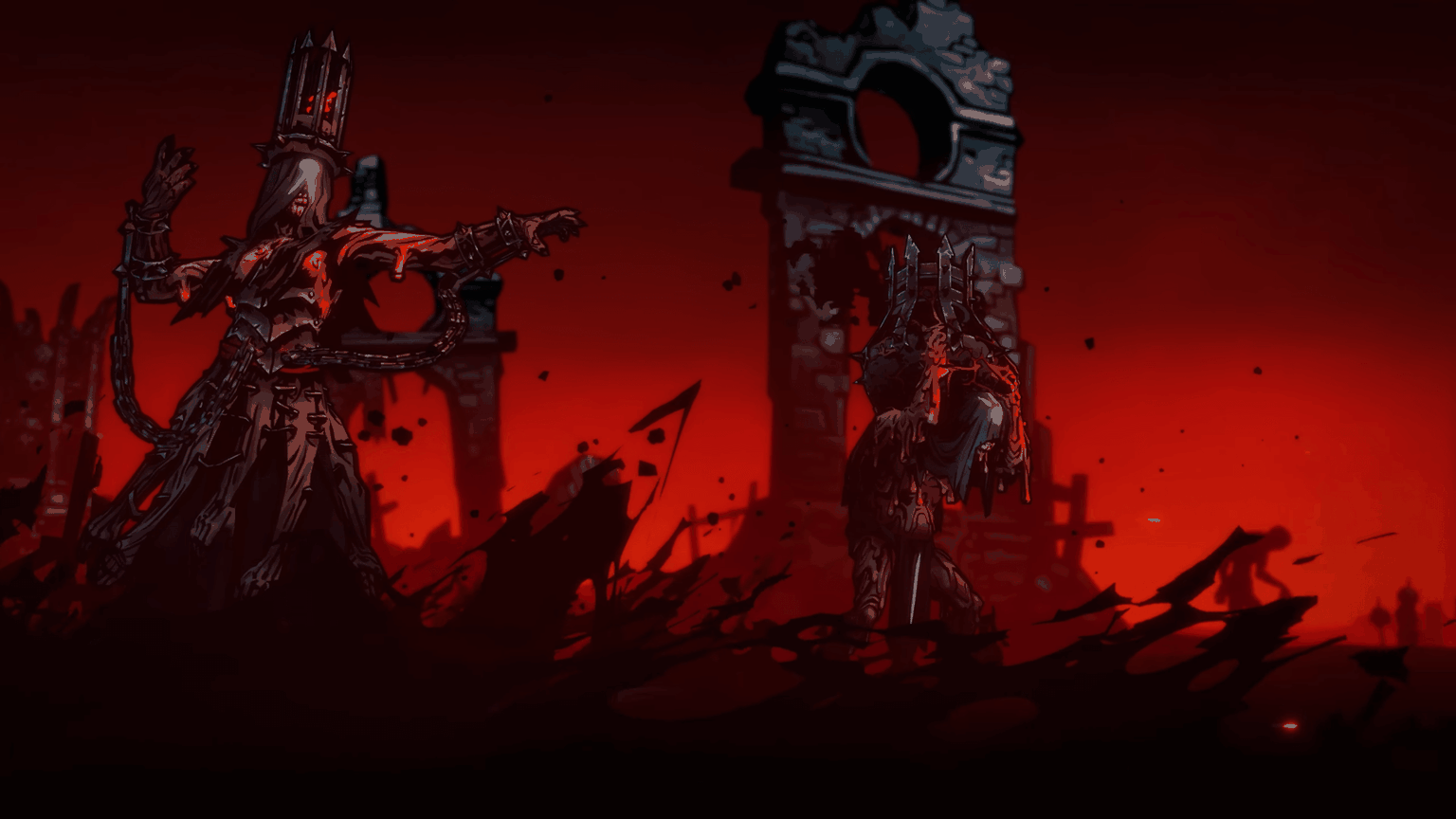For Honor is a rare breed of game. For one, it manages to be incredibly intense without a single gunshot being fired. That’s not to say it saves anyone any slack by avoiding violence; quite the opposite: it makes its home in the chaos of battlefield, no holds barred. For as much as anyone could argue that its liberties with historical facts basically kills any attempt of this game being taken seriously, the opposite can be said for its intricate and in-depth gameplay.
While boiling down For Honor into a third-person weapons-based beat ‘em up might make explaining what’s it’s all about easier, it would downplay just how much there is in regards to its fighting system. On the other hand, downright calling it a fighting game would also prove to be too broad of a characterization, given how differently Ubisoft handled the various classes within each of the three factions featured in the game, splitting each into four distinct archetypes that vary in speed, power, and range, as well as abilities. It isn’t a game of rock-paper-scissors. Every class has the potential to overcome the odds that are against them in any particular scenario. Sure, there are some that are distinctively easier to get better with quicker (and sometimes that can be read as playing cheaper) with than others, but all in all, the game is mostly properly balanced to suit many play styles.

Regardless of who you pick to play as, it bears mentioning just how thrilling it is to play For Honor. Controls-wise, if you decide to play this with a standard controller (mouse controls also work perfectly fine), you assume a combat posture by holding the left trigger that locks you onto the closest enemy combatant, allowing you to assume three different postures (a few characters have a fourth, tied to their shield) that ultimately control both the way you attack and block. Those postures are tied to the right analog stick, so when you apply a light or heavy attack by either pressing the right shoulder button or trigger respectively, your attack will be aimed at whatever direction you’re currently set to. The same goes for defense and blocking incoming stabs and hits, forcing you to constantly balance attacking and defending, as well as movement and your position in relation to the battlefield.
All of those are tied to a stamina meter, and as expected, stronger attacks tend to drain it faster than the quicker, weak attacks. Once your stamina runs out, there isn’t a lot you can do but try and defend incoming moves at a much slower rate while that meter builds back up. Then again, there are other options to breaking your opponent’s stance, all of which work as gambles that can ultimately leave you wide open for a counter. One is a close up stun move that can be followed up into a push or throw, leaving your foe out of balance momentarily, which also works as a guard break against the aforementioned classes with the fourth stance that can block attacks coming in from all three directions. It’s incredibly effective against new players or lower difficulty AI characters, but it’s also easy enough to break out of if your enemy times his or her break at the same time, similarly to how it would go in say Street Fighter, but unlike that game, For Honor’s throws aren’t nearly as dramatic. They have a similar function of positioning your foe into an advantageous spot, but at the added benefit of possibly allowing you to push them into the many traps that litter For Honor’s maps, such as wall spikes, off bridges into water or even precipices, all resulting in death, or into fire, which slowly but surely cause the same result.
Depending on which class you decide to play as, or the game puts you into the shoes of during For Honor’s story mode that’s split into three acts — one for each of the factions in the game, Knights/Wardens, Vikings, and Samurai — you might also be given the option to use particularly devastating and unblockable special moves, which are used the same way a combo would go in a more conventional fighting game, but in a much less involved and convoluted way, not going far beyond a three-button series. These can be ridiculously effective, but also can totally destroy your stamina bar, so having the patience to know when to use these is not only important but ultimately vital, because even when playing the burliest of classes, each hit you take or avoid carries a weight towards making it out and living on to fight other enemies that will most likely come at you at the next turn.

That’s one aspect that For Honor plays relatively well with: numbers. At just about every multiplayer map or story level, you’re going up against armies of dudes. In somewhat comedic fashion, most of the enemy units you are likely to run up to at first are one-hit kill fodder soldiers that in their lonesome don’t pose much of a threat to your character, but can turn into a nuisance when paired with the stronger units you need to use your stances against. And even within these “hero” enemies there’s a clear distinction between throwaway lower ranked grunts and more specialized, deadlier fighters, the ones that provide challenging encounters. Thanks to the variety of enemy unit composition that For Honor throws at you, especially during story mode, any fight can be potentially difficult due to how your foes all can attack you simultaneously. That’s when the game can turn into a slightly frustrating experience, considering how slow characters can be to react to attacks due to the huge amount of animation priority that’s in this game. While that animation makes for some of the most visually impressive combat you’re likely to see in a modern game, it also drives home the fact that button mashing simply won’t work in fights, even more when overwhelmed.
The same can be said about For Honor’s multiplayer. At the outset, the notion of playing a game that works brilliantly in a 1 on 1 environment but can be somewhat overwhelming when it comes to bigger battles, which might turn off the more casual players, but Ubisoft has managed to put together a handful of online modes that can suit a number of tastes, if those wanting to play them can manage to connect to the game. As with many a multiplayer game, For Honor’s matchmaking and peer-to-peer connectivity leave a bit to be desired. Sometimes it takes over ten minutes for a match to be found, or worse, not at all. Even with the potential for being one of those games in which you might actually sit down and learn your character and stick to them as you would in an actual fighting game, you’ll likely have to master the art of waiting for a match to be found while sitting in a lobby. When the game’s actually working as intended, though, For Honor’s online modes are fun and absolutely chaotic. While they don’t fall far from the traditional mold of deathmatch and capturing territory, they are suited to this game’s unique flavor of combat, playing in a micro setting that ultimately influence a macro battle between the game’s three factions in a worldwide conflict that lasts for a few days before it’s reset, rewarding players from the winning faction with extra currency and other prizes.
That currency can be used to buy loot boxes that yield new gear and cosmetic options for your characters. While the trend of applying random drop to multiplayer games is still in full effect in For Honor, the fact that you can eventually tailor a class to your liking by spending points and exclusively upgrading that particular character is much more welcome that simply forfeiting to absolute randomness, like in Overwatch. And unlike Blizzard’s practices when it comes to loot, For Honor’s level progression also awards you with gear, although it does not give you as good of gear as the ones that would drop from boxes, obviously.
As for its single-player portion, For Honor’s three six-mission acts serve to teach you and train you into the basics of what you’ll be spending the bulk of your multiplayer time doing, all under the bafflingly hysterical setting where three of the world’s deadliest medieval factions have been in war for centuries over land and resources. None of the characters you’ll run into are particularly noteworthy, but at least it’s cool to have the option to picking the gender of the current chapter’s main character, even if that choice isn’t available across all characters throughout the story.
The story mode does a decent job in introducing For Honor’s first layer of combat mechanics quite well, even if the straightforward level design leaves a little to be desired. There are a few fights that may prove to be pretty tough, especially at higher difficulties, including some that could even be called boss encounters, split into multiple stages. Going through these makes it worth tackling the four to six hours it takes to finish story mode, even more so if you like to work towards collecting bits of hidden currency hidden all around levels and observe the sights that expand the story from the point of view of your character.
Regardless of how unfair it might be at spots, For Honor is an amazing achievement for Ubisoft, whose releases over the years have become a pastel of games that borrow from the same open-world well that is quickly running quite dry. For Honor isn’t the first to introduce its own taste of medieval combat, but it does so so incredibly well. This is a game well worth spending time with. Pursuing mastery with whatever class you fit in best is pretty rewarding, and even if your kill-to-death ratio proves to be pitiful, you’ll have a good time learning new strats and unlocking new things to fiddle with and customize your character to suit your tastes. It’s a great time all-around.






